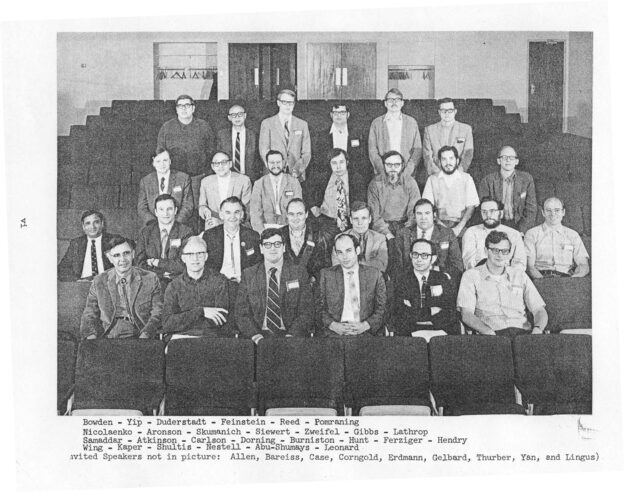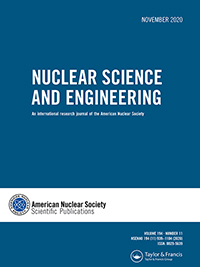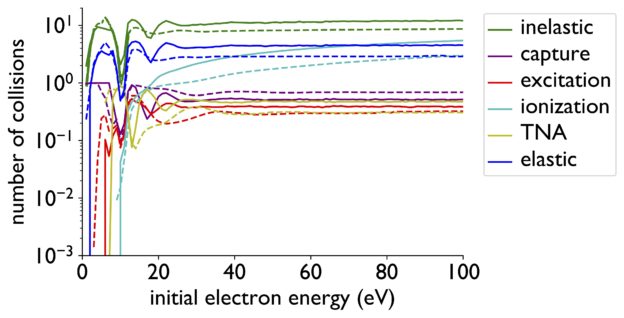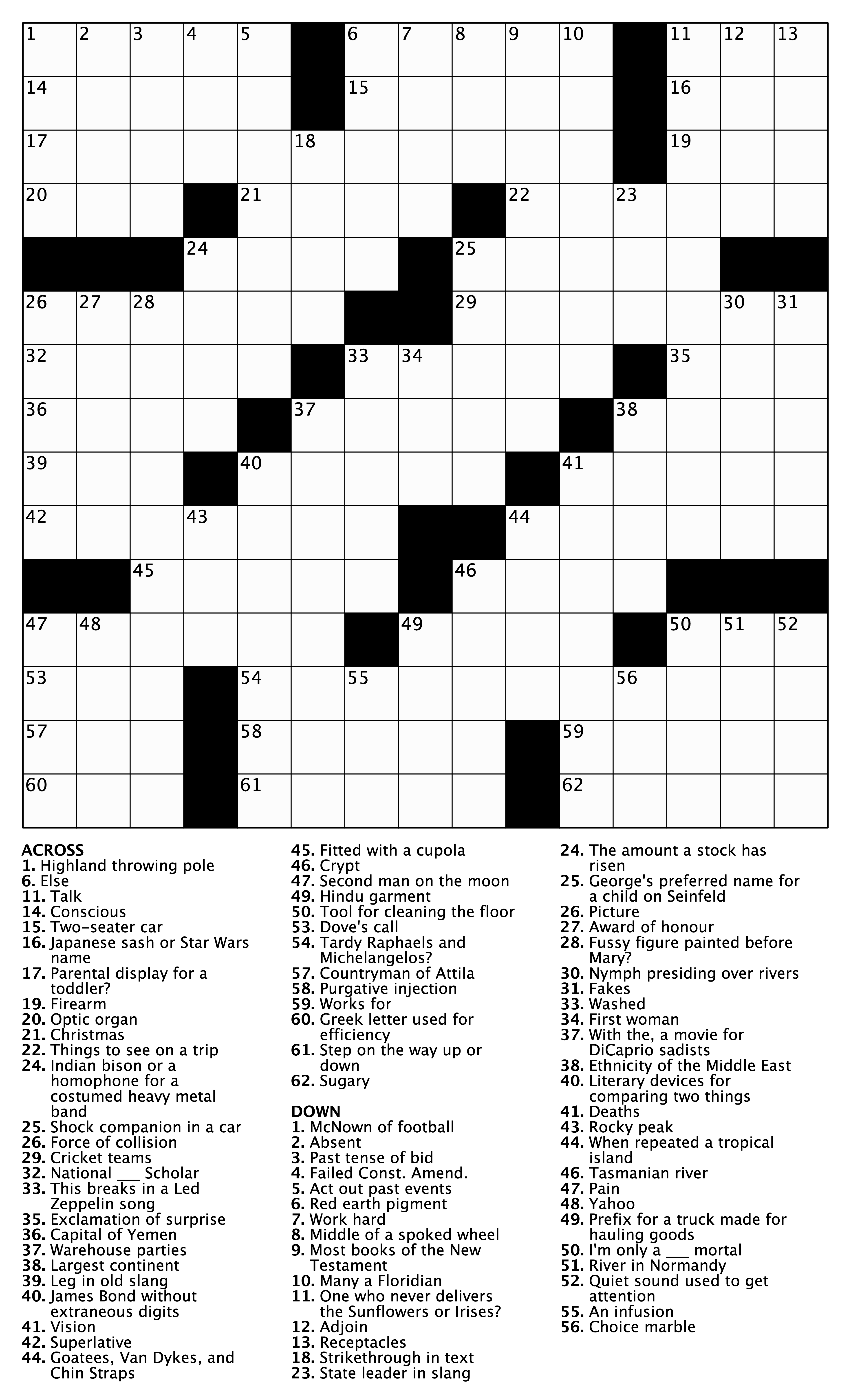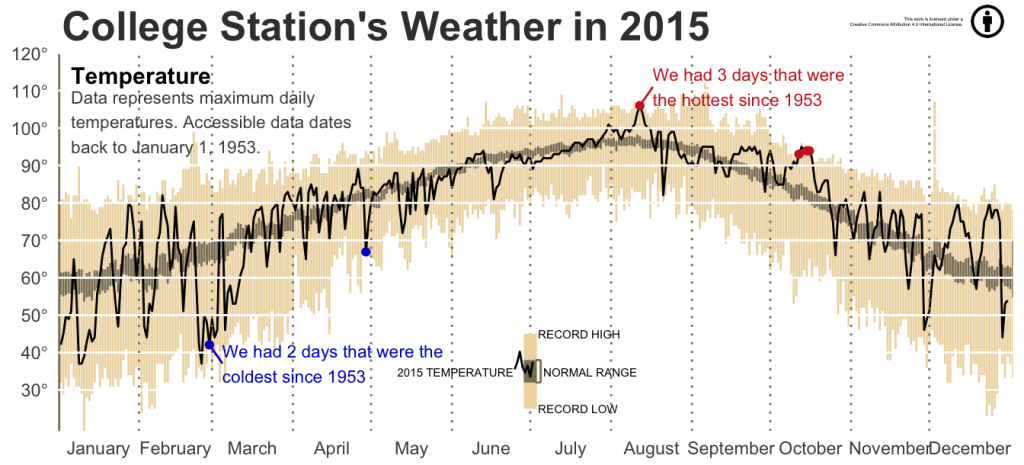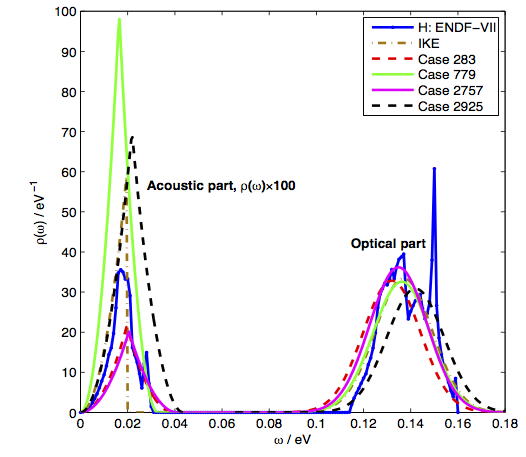Greetings from Santa Fe. I’m here for the International Conference on Transport Theory. This is a meeting that happens every two years and brings together people from several disciplines: gas kinetics, neutron transport, radiative transfer, and even computer graphics.
I gave a talk today about using filters to improve the accuracy of discrete ordinates calculations for neutral particle transport. It was pretty well received, I think at least in part, to the fact that it is a pretty novel idea. Most approaches to get high fidelity in angle transport simulations just throw more degrees of freedom (unknowns) at the problem. My method actually tries to crack the nut of the problem by making the angles talk to each other.
Another highlight from today was the talk by Richard Sanchez from CEA. His paper talked about boundary and interface conditions for the Pn equations. I had worked on these equations in my PhD thesis, and had used a simple approach to the interface conditions. These conditions are equivalent to the Mark conditions. The basic idea is that the characteristics of the equations (that is linear combinations of the moments) that cross the interface should be continuous across an interface, but the other characteristics can have a jump across the interface.
At the end of Richard’s talk, Jim Morel pointed out that the upwinding procedure I used will give the correct number of boundary/interface conditions. I had not thought of this before, but I’m now interested in comparing my conditions to the “correct” conditions.
One other thing I would like to mention is Max Rosa’s talk regarding a Lattice Boltzmann method to solve the neutron diffusion equation. Based on his derivation, which started with a BGK collision operator, I bet it is possible to derive a Pn or SPn solution using lattice Boltzmann. I’m going to talk to him about it tomorrow.
